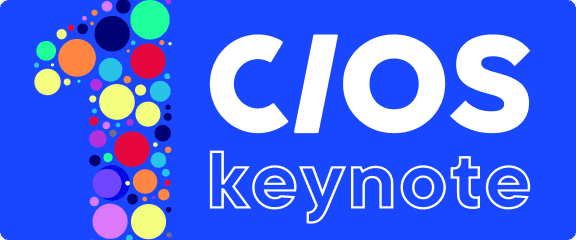
Stay tuned ...
We are working on something great! In the meantime, feel free to get in touch with us.

Stay tuned ...
We are working on something great! In the meantime, feel free to get in touch with us.
Wealth Management/
Financial Planning
Modular Wealth
Management Software
Features Fincite CIOS
Wealth Management/
Financial Planning
Modular Wealth
Management Software
Features Fincite CIOS
© 2024 Fincite GmbH. All rights reserved.
Wealth Management/
Financial Planning
Modular Wealth
Management Software
Features Fincite CIOS
Wealth Management/
Financial Planning
Modular Wealth
Management Software
Features Fincite CIOS
Product
Clients
About us
Knowledge Hub
Onboarding

Watch the Onboarding Tutorial
Product
Clients
About us
Knowledge Hub
Onboarding

Watch the Onboarding Tutorial
Product
Clients
About us
Knowledge Hub
Onboarding

Watch the Onboarding Tutorial

